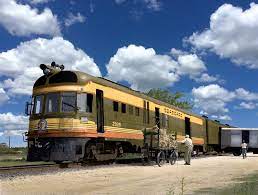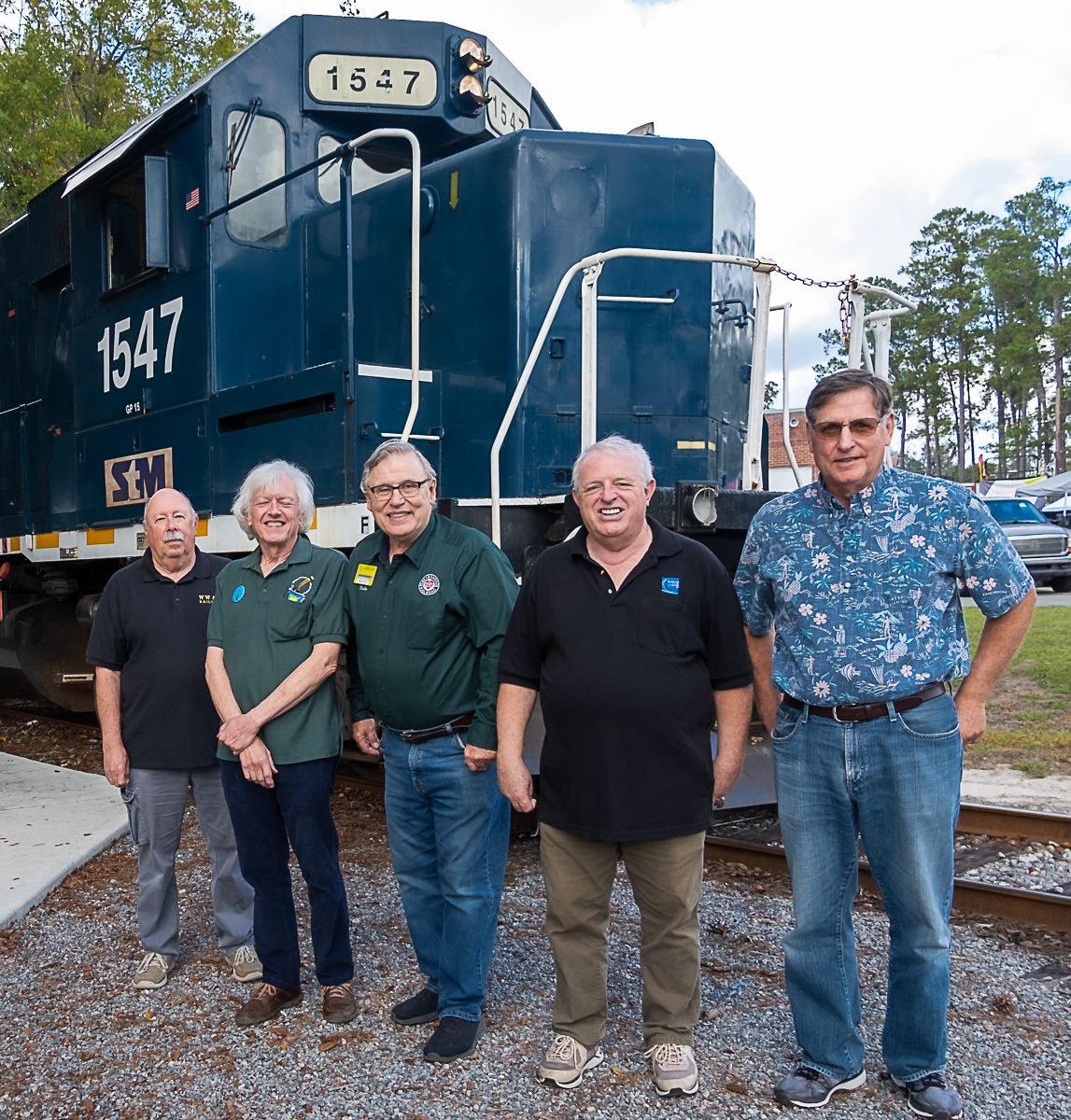
NMRA South Eastern Region's
Atlantic Division-Division 8
Links
HOMEDivision Business
Division Bylaws July 2022 Meeting Minutes November 2022 Meeting MinutesDivision Board Members
Rick Fulkerson, Superintendent Tedd Pounds, Assistant Superintendent Casey Bartman, Secretary Tom Sullivan, Treasurer Rick Scott, Director Rick Gartrell, Director Eric Schrowang, DirectorArea Train Shows
Division Club Links
Coastal Rail Buffs Charleston Area Model Railroad Club Golden Isles Model Railroad Club Grand Strand Western Model Railroad ClubDivision Member's Layouts
Usefull LInks
NMRA Home Page SER Home PageNext stop, Charleston, South Carolina
On May 11, 2024, members of Division 8 gathered in Conway, SC for our quarterly meeting. Division 8 has made the effort to meet at differnt location in our long division, to make coming to a meeting easy for all members. To start the May meeting, we gathered at Bonfire-a Smokin' Taqueria. This is a great place for BBQ and to talk trains. Afterwards, we relocated to the Conway Library for two presentations on making trees for your layout. There was also a show and tell of recent projects by members.

Like the Seaboard Air Lines' Boll Weevil, the Atlantic Division will be moving down the coast to Charleston, South Carolina for our next meeting. This will be occure on Saturday July 20th at Easterby's on Ashley River Road, in Charleston. Things will start off at 11:00 (Please note new time). There will be four clinic and layout tours after. The scheduled clinics are:
- Airbrushing 101 by Eric Schrowang.
- A look at the McCormick-Stillman Ranch by Lloyd Bloom
- Setting up an Operations System by Carl Blum
- Layout Lighting by Tom Sullivan
After lunch and the clinics, there will be the opportunity to attend the following clinics:
- Jim Behling's Carolina Eastern HO layout
- Carl Blum's 3-rail O gauge Misery & Short Life RR
- Tom Sullivan's On30 Sandy River and Rangeley Lake RR
- Rick Fulkerson's Rialto Diablo and Arizona HO enlarged switching layout
- The Charleston Model Railroad Club at the Citital Mall
As it's too hot in July to be outside, so come over and talk model railraoding. Remember to bring your latest project for our show and tell.